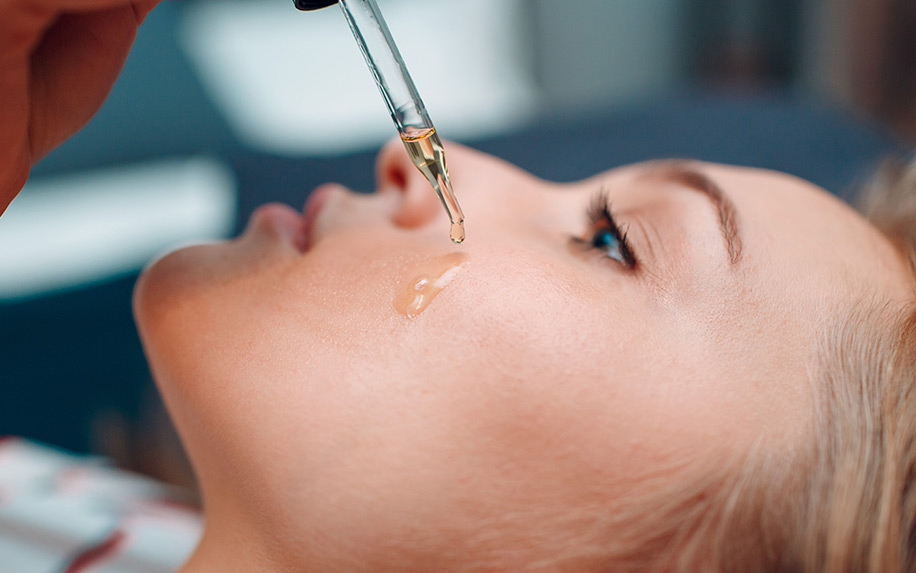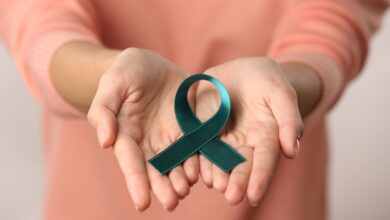Why More Athletes Are Willing to Consider PRP Therapy

It was only a few years ago that we began hearing about pro athletes choosing to try platelet-rich plasma (PRP) therapy rather than immediately jumping into the surgical suite. As time has gone by, more athletes have followed suit. Big names like Tiger Woods and Kobe Bryant have turned to PRP therapy. So have Alex Rodriguez, Rafael Nadal, Carlos Martinez, and Dee Ford.
In fairness, not every athlete who has opted for PRP therapy has experienced positive results. But that’s no different than any other medical treatment. Some athletes have responded quite well. Others, not so much. The bigger question is why more athletes are seemingly willing to consider PRP therapy with each passing season.
Here are some possible motivations:
1. Injections Are Minimally Invasive
The doctors at Weatherford, Texas’ Lone Star Pain Medicine explain that PRP therapy is an injection therapy. Patients donate their own blood from which the PRP material is derived. That material is then injected into the site of injury or disease. That makes PRP therapy minimally invasive.
By contrast, something like Tommy John surgery is very invasive. To an MLB pitcher looking to get back to the mound following a UCL injury, choosing a treatment has to be considered in light of the fact that his injury may be career-ending.
Tommy John surgery doesn’t always work. And when it doesn’t, a pitcher’s career is usually over. Worse yet, some surgical procedures are damaging enough that a pitcher never throws the ball again. Facing that possibility, some pitchers choose to try PRP therapy first. If it doesn’t work, they move on to the surgery. But if it does work, they avoid an invasive procedure that always comes with risk.
2. Complications Are Minimal
Patients donate their own blood for PRP injections. That being the case, the risk of complications is minimal. An athlete’s body is not going to reject his own blood. There is nothing in that blood that is going to harm him. As such, the biggest risk is the risk of infection – a routine and acceptable risk whenever one undergoes an injection. Furthermore, side effects are minimal. They include temporary soreness and tenderness at the injection site.
3. More Complete Healing
The entire premise of PRP therapy, and regenerative medicine as a whole, is to encourage the body to repair itself by regenerating new tissue. All PRP injections really do is act as a catalyst to encourage the body to do what it does normally. When it works, the end result is more complete healing. By contrast, surgical procedures may or may not lead to complete healing. Many types of sports related injuries are even at a higher risk of recurrence following surgery.
4. Prescription Medication Reduction
Sports injuries treatable with medications generally rely on two types: anti-inflammatories and painkillers. Anti-inflammatory drugs are generally corticosteroids. Pain relievers can be anything from OTC products to prescription NSAIDs or opioids.
In either case, a successful PRP treatment can greatly reduce the need for medication. That is a bonus for athletes who are very careful about what they put into their bodies. The fewer drugs they have to take, the happier they tend to be.
You have read four reasons explaining why more athletes are turning to PRP injections. There are others as well, but the ones discussed here cover most cases. The reality is that PRP therapy offers athletes yet another alternative to invasive procedures and prescriptions. For many, PRP injections are the difference between getting back into action quickly and sitting on the sidelines for an extended amount of time.




